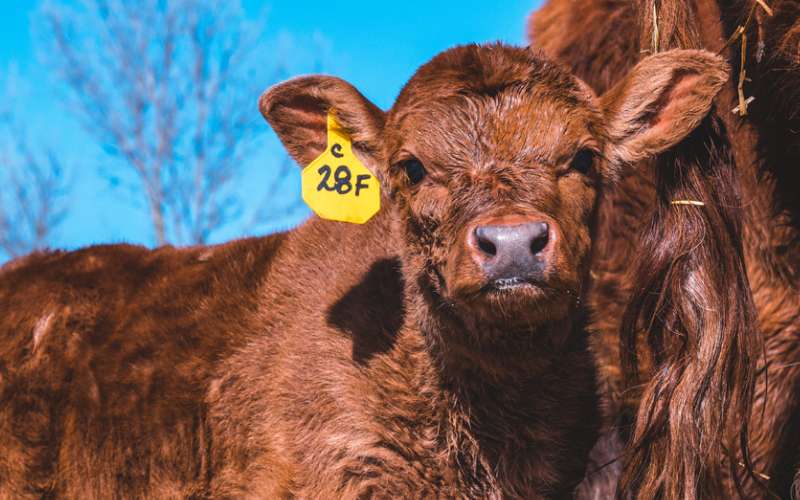
Ear tags are a rather common phenomenon on farms, mostly on dairy cattle. Gone are the days when cows were referred to by names such as ‘Njoki’. Today, recordkeeping is a critical aspect of running a profitable dairy farm. An effective way of cattle identification is by the use of ear tags.
What are ear tags
An ear tag is a small object made of plastic or metal that pierces the ear of livestock or other animals by way of an applicator. Around the farm, they are visual aids that use numbers, colors, or a combination of both, for organizational purposes. Some tags, known as insecticide tags or fly tags, even help keep pests away, like horn and face flies.
What animals use ear tags
Ear tags can be used on all farm animals except poultry. Sheep, goats, cows and pigs are some of the farm animals that often use ear tags for identification. Birds such as chicken and ducks will usually get a leg band installed.
Why are ear tags important?
- To indicate sex
By using a different colour for the different sexes or installing the tag on different ears, ear tags can be used as a quick indicator of an animal’s sex. This is especially important on large farms where the farmers may not have the time to check each animal’s sex at a go. For males the tag can be inserted in the left ear, and in the right ear for females. Similarly, a farmer may opt to use yellow tags for females and black tags for the males.
- Indicating the year of birth
Indicating the year of birth on a tag (this can be done by the use of a letter to represent a certain year), a farmer is able to tell the age of the animal from metres away. This will eliminate the need for practices such as checking teeth to tell the age of the animal.
- To indicate problems
To allow rapid identification of animals in need of a procedure such as culling or dehorning, the information can be listed on the ear tag. On the day of treatment, veterinarians are able to quickly and positively identify the animals in need of treatment.
- To mark twins or triplets
This is done mainly for purposes of breeding. To prevent inbreeding among a farmer’s flock, it is important to enable identification of twins or triplets. This is also important when sorting animals for sale.To do this, you can use differently colored ear tags for your animals. For instance, use yellow for singles, blue for twins and green for triplets.
All said and done, it is important to do ear tagging when the animals are still young. This reduces the chances of the animal developing an infection, and also shortens the recovery period. Again, should a larger tag need to be installed when the animal is older, a clean healed hole will already be in place in the animal’s ear for use.
 The Standard Group Plc is a
multi-media organization with investments in media platforms spanning newspaper
print operations, television, radio broadcasting, digital and online services. The
Standard Group is recognized as a leading multi-media house in Kenya with a key
influence in matters of national and international interest.
The Standard Group Plc is a
multi-media organization with investments in media platforms spanning newspaper
print operations, television, radio broadcasting, digital and online services. The
Standard Group is recognized as a leading multi-media house in Kenya with a key
influence in matters of national and international interest.
 The Standard Group Plc is a
multi-media organization with investments in media platforms spanning newspaper
print operations, television, radio broadcasting, digital and online services. The
Standard Group is recognized as a leading multi-media house in Kenya with a key
influence in matters of national and international interest.
The Standard Group Plc is a
multi-media organization with investments in media platforms spanning newspaper
print operations, television, radio broadcasting, digital and online services. The
Standard Group is recognized as a leading multi-media house in Kenya with a key
influence in matters of national and international interest.






